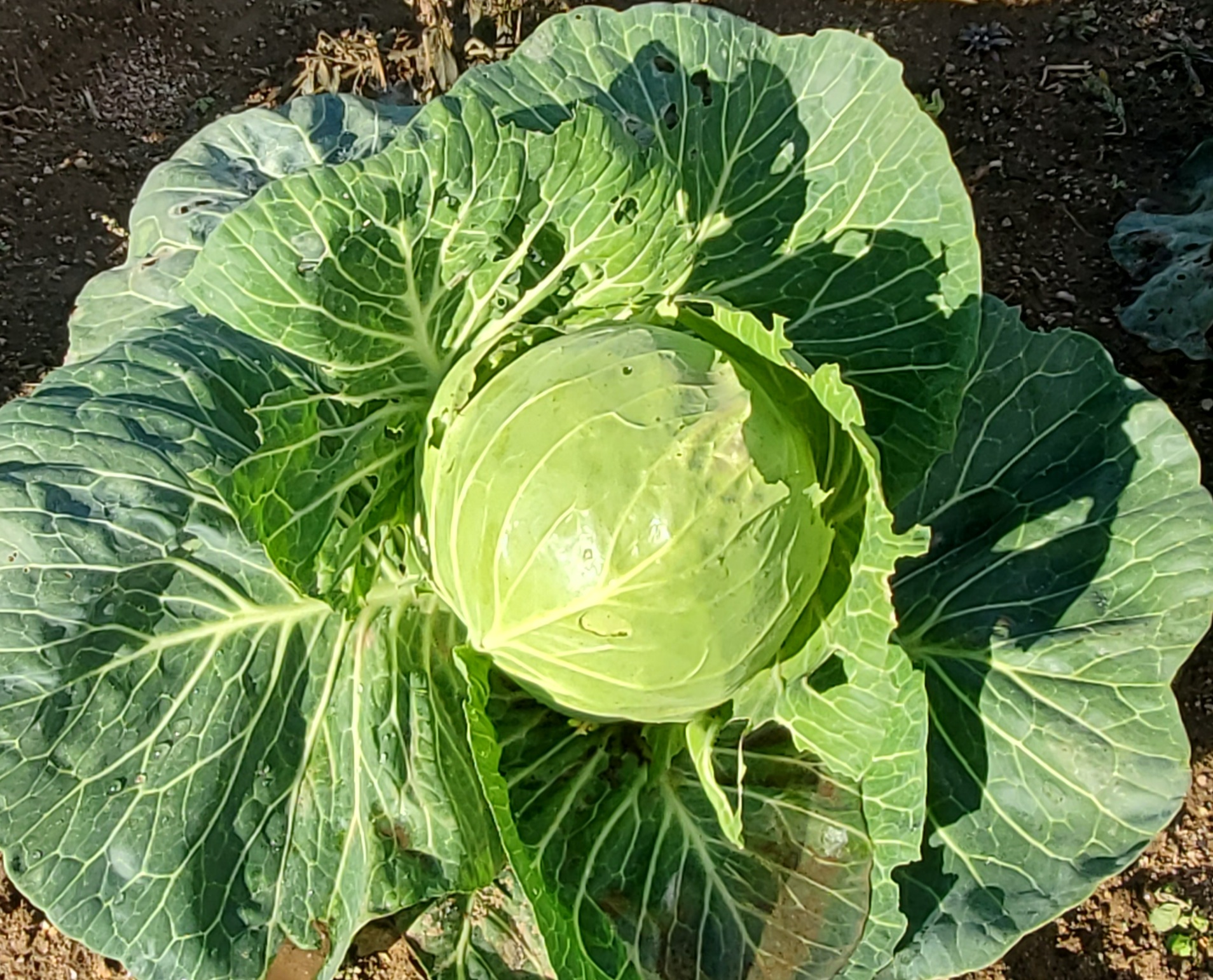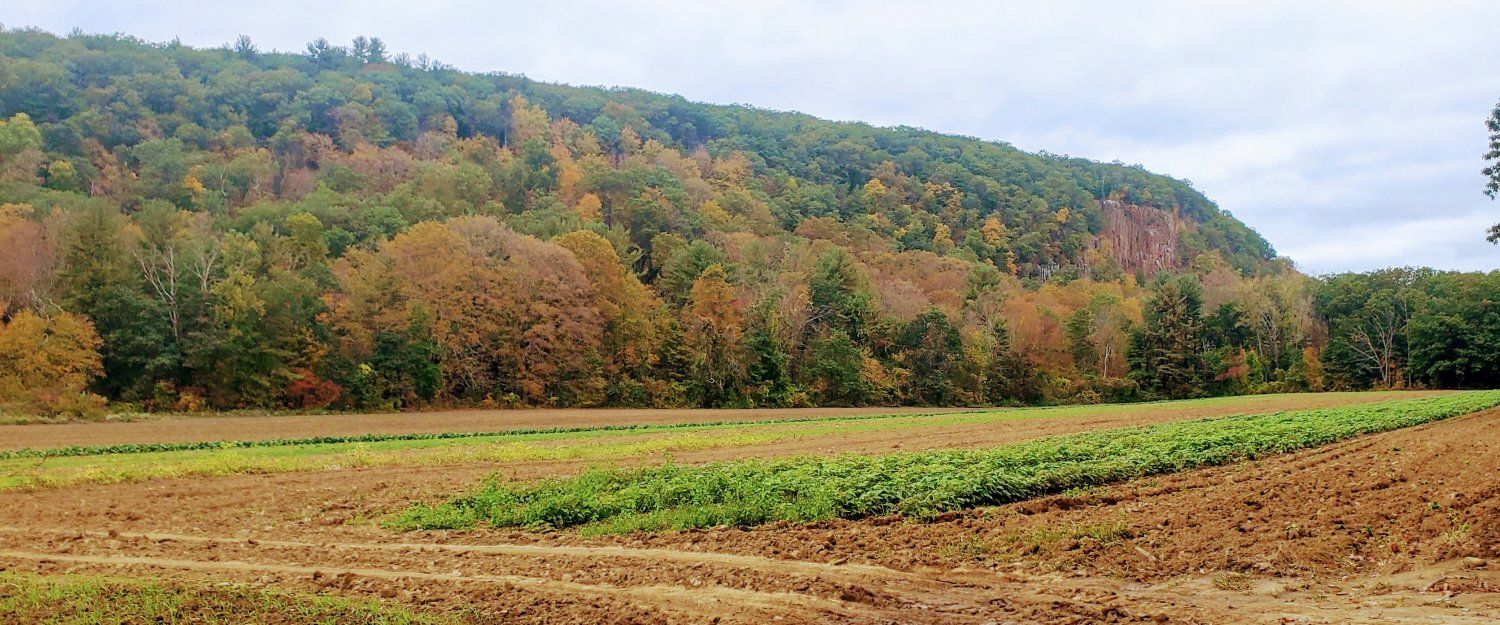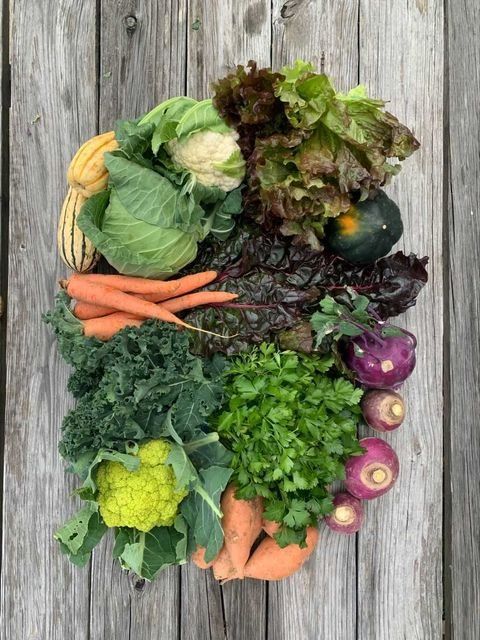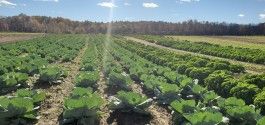Welcome to the beginning of Autumn CSA 2021! We are really looking forward to seeing you again or meeting you for the first time!
In the unfortunate event that you cannot make it to your scheduled pick up, and are unable to send someone in your place, you can can reschedule it if you know the week in advance using the links in this email below. If you are running late, and we can pack up your share and leave it for you at the shed to be picked up later. In this slower time of the year, we do not have other pick-up times available, and are often working in other fields or catching up on the paperwork and planning aspects of the farm, thus we are usually unable to reschedule missed pick-ups. As always, we will donate unclaimed shares to the local food pantry.
We are happy to invite you to bring your family to the farm during pick up times. Please be aware that we operate a working production facility. As such, certain hazards come with the territory (uneven ground, insects, climate, farm odors, and electric fencing.) We will have parking spaces marked for Contactless Pickup for those who are unable to leave their car for any reason.
If you choose to bring a well-behaved pet to your pick-up, please, for the safety of our members and your food, keep them safely in your car and out of the fields and the pick-up area at all times.
As always, please visit us on the web (www.oxenhillfarm.com, or Facebook; Facebook.com, Instagram (#oxenhillfarm) and feel free to email us (lisa@oxenhillfarm.com) or call us (Sheri at 860-214-5104) with any questions or concerns.

Well, we have been busy since the end of the summer CSA in late October: splitting garlic heads to plant the cloves for next season, picking up irrigation and mulch, harvesting and curing sweet potatoes, gathering winter squash, and seeding down fields with rye grass cover crop to preserve and nourish the soil for future harvests.
Storage tips on Autumn Produce:
Sweet potatoes, ideally, should be kept out of the refrigerator in a cool, dry, dark place not above 60 degrees F, which would fit the characteristics of a root cellar. Yet since most people don't have root cellars, we'd suggest just keeping your sweet potatoes loose (not in a plastic bag, but if desired, a brown paper bag with multiple air holes punched in it will work) and storing them in a cool, dark, and well-ventilated cupboard away from sources of excess heat (like the stove). As the flesh of sweet potatoes will darken upon contact with the air, you should cook them immediately after peeling and/or cutting them. If this is not possible, to prevent oxidation, keep them in a bowl covered completely with water until you are ready to cook them.

To bake them whole, scrub sweet potatoes; brush each with vegetable oil (I love to use coconut oil.) Arrange potatoes on oven rack and bake at 450° for 35 to 45 minutes, until tender. Remove at once and prick with a fork to let steam out. Cut a 1 1/2-inch cross in the center of each potato. Hold each potato with pot holder and press upwards until filling "bursts" up through the cuts. Top with butter and sprinkle with salt and paprika or a mixture of cinnamon and sugar.
Only cut or cooked winter squash should be refrigerated. They will suffer chill damage at temperatures much below 50 degrees F. Once cut, wrap raw pieces in plastic wrap, refrigerate, and use within four days. For whole squashes, store in a cool, dry place. To prepare, peel squash and cut into cubes and place on a baking dish. Roast at 375°F for 30 minutes. Serve with butter and herbs or brown sugar and dried fruit. Winter squash are frequently cut in half, baked, and served in the shell. To cut in half, grasp the squash firmly and use a sharp knife to slice through to the center. Then flip and cut the other side until the squash falls open. Remove and discard the seeds or save for roasting.
Delicata squash is a variety of "winter squash" with creamy-coloured cylindrical fruits striped in green (which turns to orange as squash age) that are cooked before eating. As its name suggests, it has characteristically a delicate rind, which can be eaten when cooked. It is also known as peanut squash, Bohemian squash, or sweet potato squash. Although consumed mature as a winter squash, delicata squash belongs to the same species as most types of summer squash known in the U.S. Delicata squash is most commonly baked, but can also be microwaved, sautéed or steamed. It may be stuffed with meat or vegetable mixtures and is known for its ease of cooking and creamy flavor and texture. The seeds of the squash are also eaten, usually after being toasted.
Spaghetti squash may also be available this week. The large oblong fruit can range either from ivory to yellow or orange in color. Its center contains many large seeds. It should be cooked like any other hard squash; Place spaghetti squash cut sides down on a lightly greased baking sheet, and bake 30 minutes in a preheated 350 degree oven, or until a sharp knife can be inserted with only a little resistance. Remove squash from oven, and set aside to cool enough to be easily handled. The squash flesh can be "stringed" into pasta-like strands by scraping with a fork. Squash may be tossed with herb butter, jarred or fresh spaghetti sauce, or a mix of sautéed veggies such as garlic, onion, tomatoes, olives, feta cheese and basil.
Spaghetti squash can be stored at room temperature for about a month. After cutting, wrap in plastic wrap and refrigerate up to 2 days. Spaghetti squash also freezes well. Pack cooked squash into freezer bags, seal, label and freeze. Partially thaw before using, then steam until tender but still firm, about 5 minutes.
We are excited to announce that carrots will likely be in your share for the Autumn. Once the greens are trimmed off, all you have to do to keep the carrots crisp and fresh is put them in a container of water and store in the refrigerator. Whole carrots stay nice and crunchy in their cold water bath. If the water starts to look cloudy, just swap it out with fresh water as needed. If the idea of a full container of water sloshing around your fridge makes you nervous, you could alternatively wrap the carrots in damp towels and seal in a bag.
SOME OF THE PRODUCE YOU RECEIVE HAS BEEN WASHED FROM THE FIELD, BUT LIKE ALL FRESH PRODUCE, SHOULD BE THOROUGHLY WASHED AND, SOMETIMES, REFRIGERATED BY YOU AT HOME.
Our Autumn Share Pinterest page is: https://www.pinterest.com/oxenhillfarmcsa/autumn-csa/




